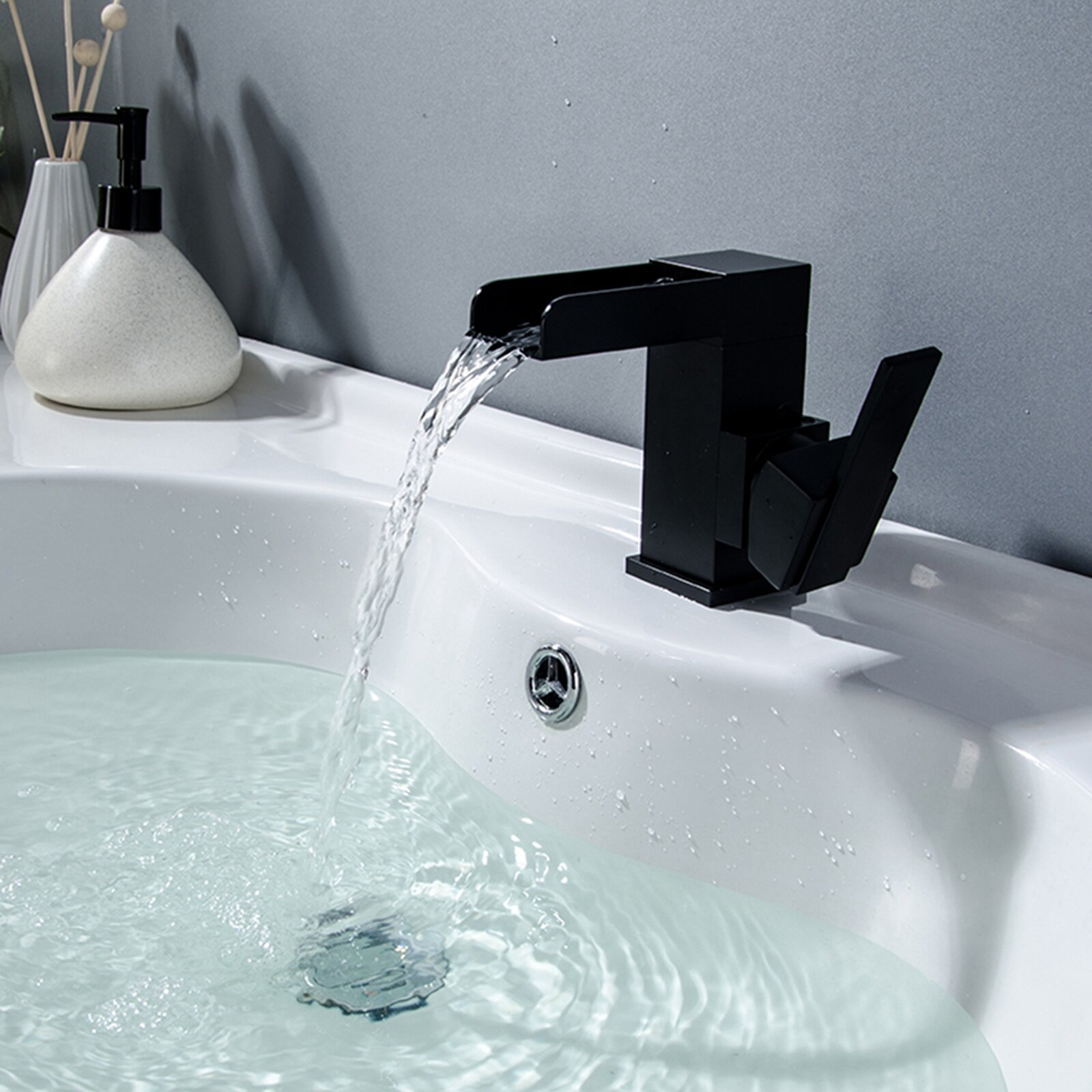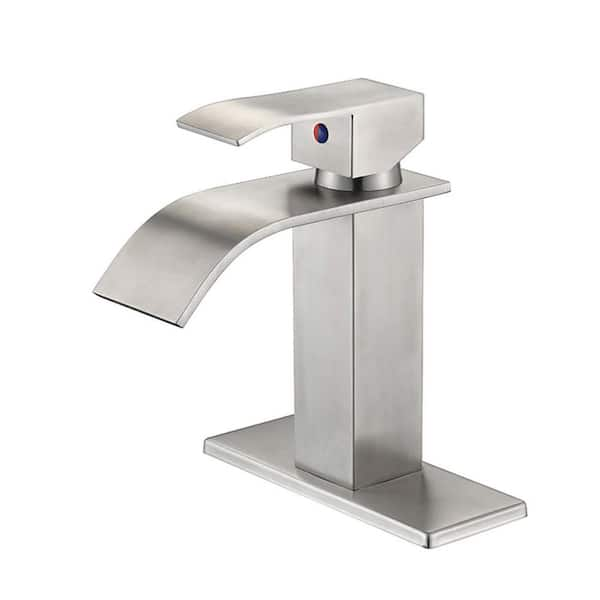Taking an action up from the middle ready bathroom faucets are the spread faucet designs. They are developed to modify, and also if you purchase a faucet with a lifestyle surface you simply need to identify this as an all natural process and be able to exist with the choice of yours in later years.
Images about Single Hole Waterfall Bathroom Faucet

To get the proper faucet for the task, it's vital to know the main layout sorts. Available for sinks, tub and showers and also bidets, Moen bathroom faucets are sure to become a beautiful add-on to the bathroom of yours. Brand names like Delta and Kohler are very widely used and are guaranteed to give you the highest quality.
Black Waterfall Single Hole Bathroom Faucet – Overstock – 31717435
The next point to be examined in bathroom faucets is the quality of the finish. There are three specific benefits of using these over the other kinds. If you are uncertain as to what kind of vanity the bathroom of yours would match best with, well you need to consider shopping for modern day vanity. Though it's expensive, it is extremely durable and provides enduring performance.
BWE Waterfall Bathroom Faucet Oil Rubbed Bronze Single-Handle One Hole Sink Faucet Farmhouse Bath Vanity Lavatory Restroom Faucets Antique
When choosing the style and exterior of the bathroom faucet of yours, keep other bathroom things in mind. The most effective choice will be the use of solid brass or a great brass base metal is also helpful to help against corrosion. If you are going for a modern and minimalist look for your bathroom you can decide to buy a vessel sink as well as vessel faucet.
Signature Hardware 937002
Waterfall Single Hole Bathroom Faucet
196.1000CF – Single Hole Cascade Flow Waterfall Bathroom Faucet
Miseno ML531
Modern 1-Hole Waterfall Bathroom Sink Faucet Single Handle in
Miseno ML531-BN Brushed Nickel Remi 1.2/2.2 GPM Single Hole
Modern 1-Hole Waterfall Bathroom Sink Faucet Single Handle in
Stevens Waterfall Single-Hole Bathroom Faucet – Bathroom Sink
Waterfall Bathroom Sink Faucet, Single Hole Matte Black Brass Faucet
Qomolangma Waterfall Bathroom Faucet Chrome Single Handle Single Hole Bathroom Sink Faucet with Deck Plate
GIVING TREE Single-Handle Single Hole Waterfall Bathroom Faucet
Related Posts:
- Danco Bathroom Faucet Parts
- Concinnity Bathroom Faucets
- Removing Bathroom Faucet Nuts
- Replace Cartridge Bathroom Faucet
- Traditional Bathroom Faucets
- Old Style Bathroom Faucets
- Tuscan Bathroom Faucets
- Copper Single Hole Bathroom Faucet
- How To Fix A Leaky Delta Bathroom Faucet
- Delta Bathroom Faucet Cartridge
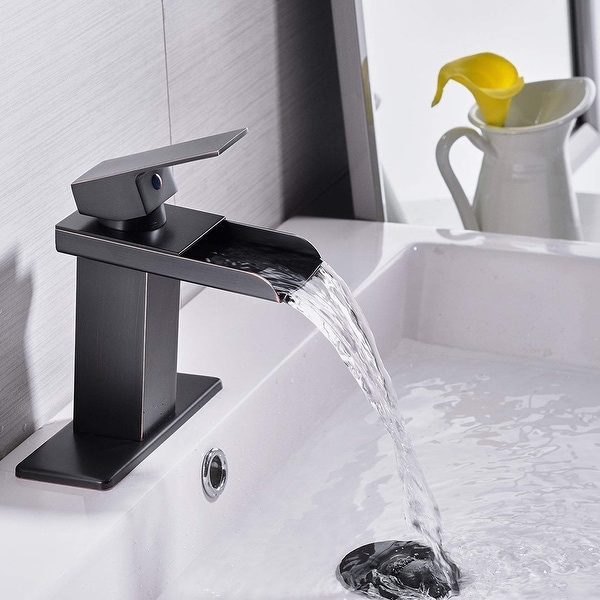

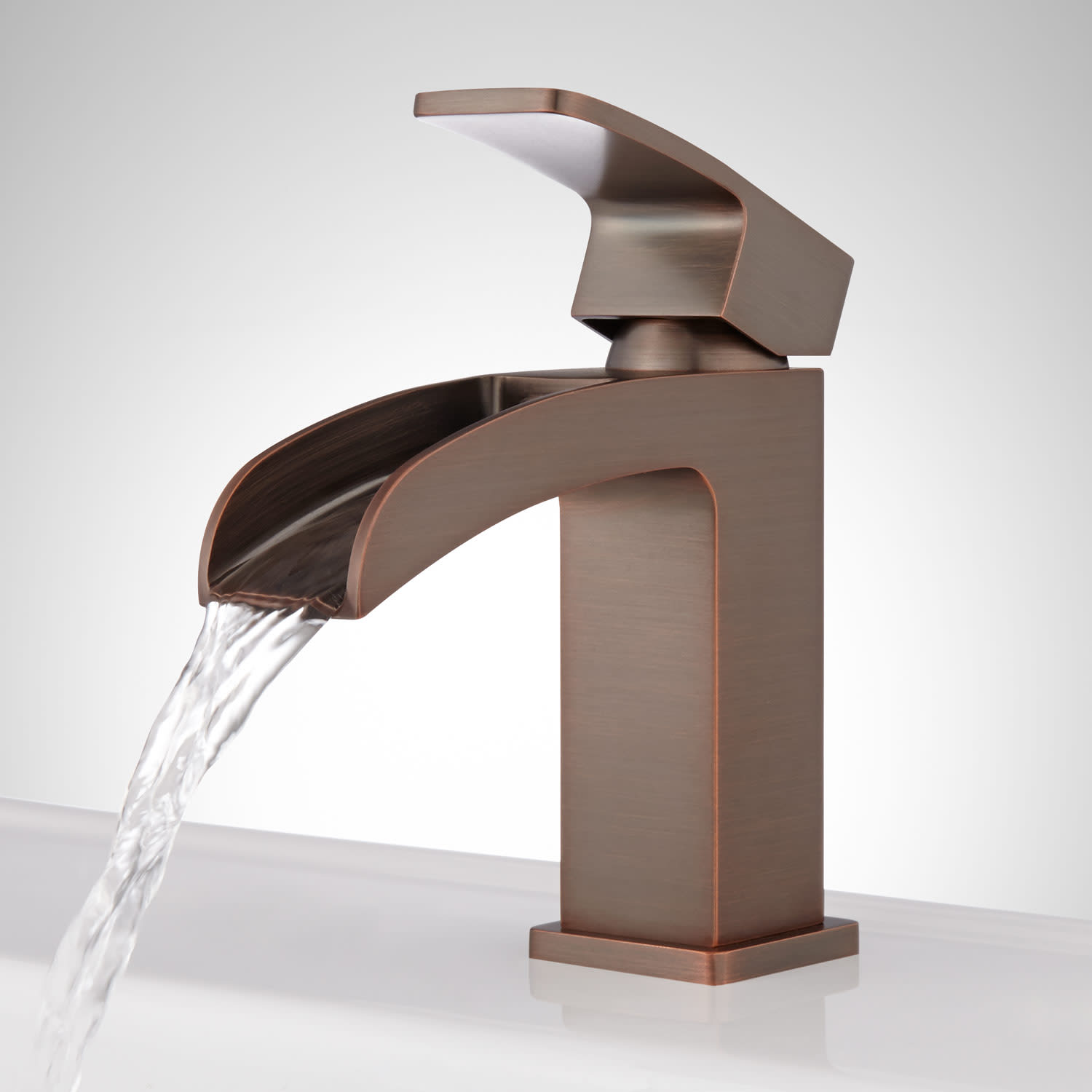
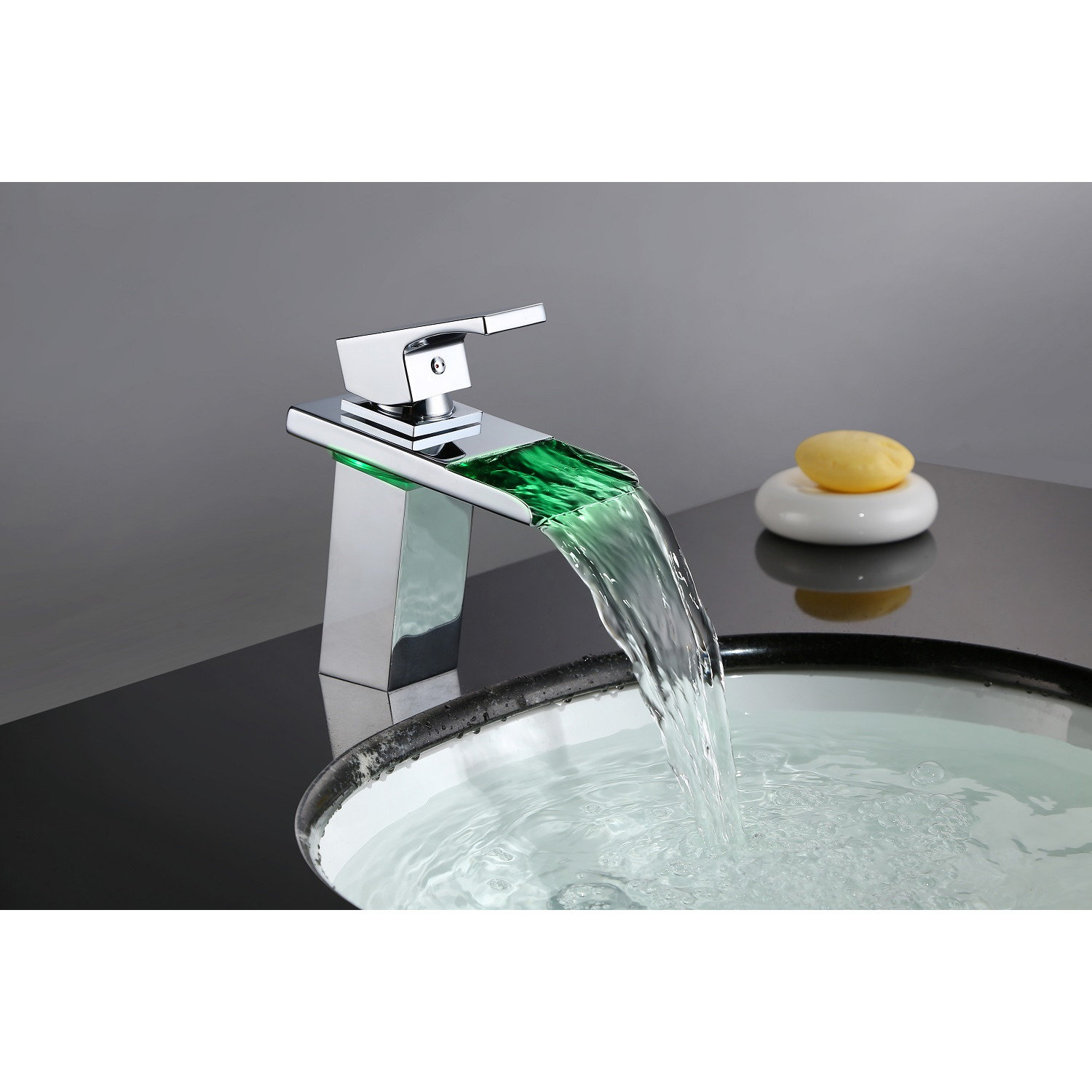

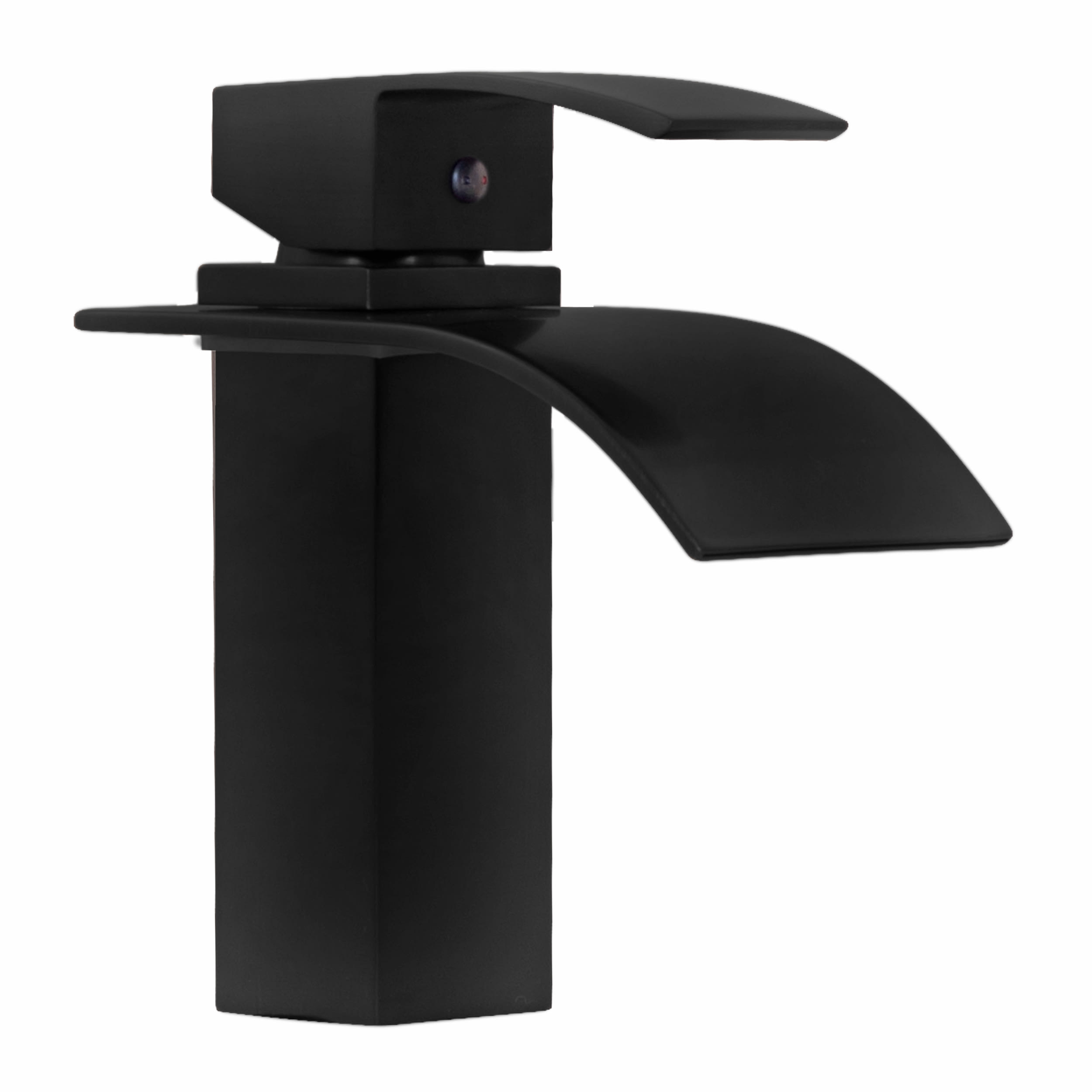
/mall/2021/04/06/fe40fb6124ed4156ad1d09507df85b51.jpg)
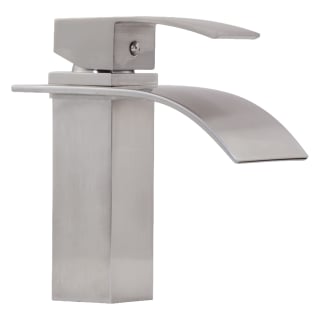
/mall/file/2022/03/14/f756c2f9fcc542e4ba746ed8a8c0729f.jpg)

